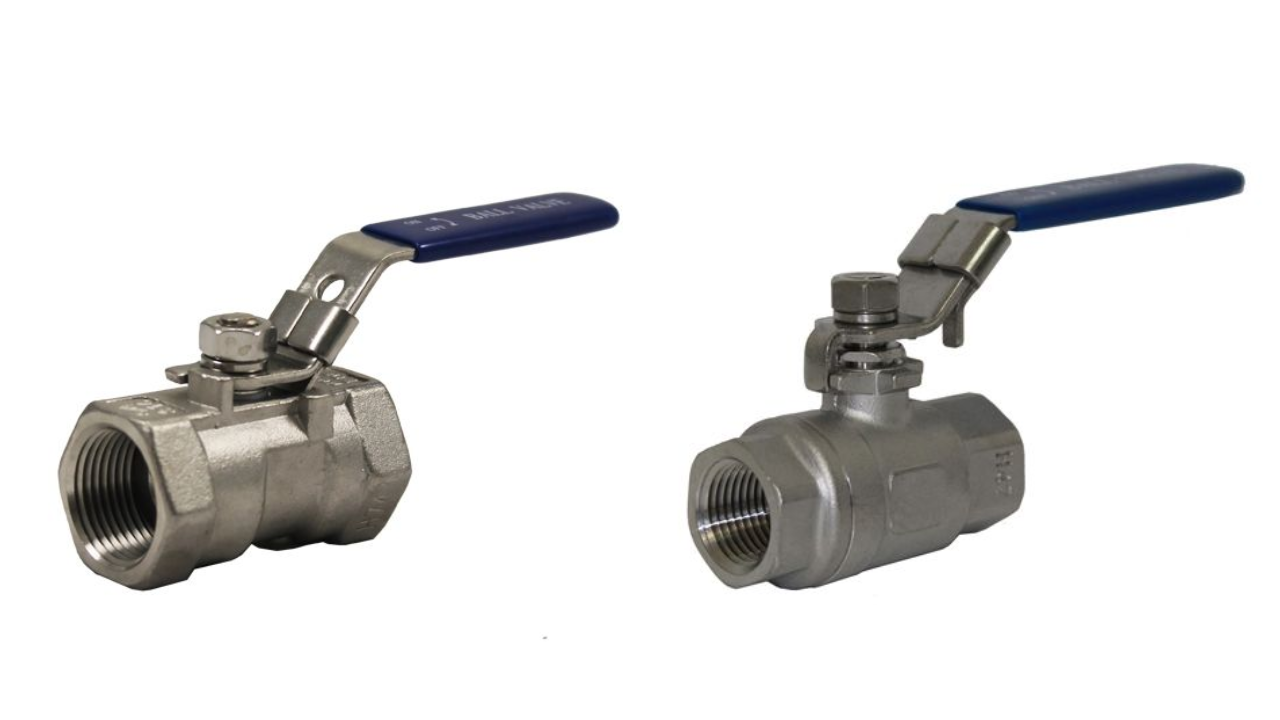When your sewer line is broken or leaking, the best thing you can do to protect your home and property is to call a local sewer repair company as soon as possible for service. Sewer problems can lead to burst pipes, nasty sewage backflow, and other issues that you’ll want to avoid at all costs. Many homeowners dread the need for extensive sewer repairs or sewer pipe replacement, because of the excavation problem. Excavation involves digging up your yard to access the sewer lines, ruining your lawn and landscaping in the process. Fortunately, in recent years, a better alternative has been developed: trenchless sewer repair. Trenchless techniques allow sewer repair companies to patch cracked pipes or replace burst pipes without digging. Instead, machinery is used to pull resin-based pipe liners or new pipes into place, avoiding the need for excavation entirely.
Types of Trenchless Sewer Repair
There are several different trenchless sewer repair techniques, which are used to fix different kinds of problems.
- CIPP Pipe Lining. CIPP stands for “cure in place pipe,” and it’s a common solution for repairing severely cracked and leaking sections of sewer pipe. During CIPP pipe lining, a soft resin-based liner is pulled into the damaged pipe. Then, it’s allowed to harden in place, creating a sturdy “pipe within a pipe” to reseal the area.
- Pull in Place Lining. After digging two very small holes to access the pipe, contractors pull a liner into place, made from resin and fiberglass. The hardening process is usually carried out with hot steam.
- Inversion Lining. This method is used to repair sewer pipes with only minor damage, like small cracks and holes. The liner is made from felt and resin, and can be pulled through a small hole.
- Pipe bursting. Pipe bursting is a trenchless repair method for sewer pipe replacement, used for burst or collapsed pipe sections that are beyond repair. Contractors begin by creating two small holes at each end of the damaged section of pipe. Then, they attached a cable to a piece of equipment called a “bursting head.” The bursting head is pulled by machinery through the pipe, pulling a brand new pipe section along with it. The old pipe is further broken and the fragments are pushed outward and away. The new pipe is then moved into place, with high pressures or hot steam used to cure it into place.
- Moling. “Moling” uses a specialized pneumatic drilling machine to create a hole in the soil, which creates a space for the new pipe. Then, the new sewer pipe can be pulled into the tunnel and set into place.
Trenchless sewer repair is applicable in many situations, and benefits homeowners by preserving lawns, gardens, driveways, patios, and other parts of your yard. With trenchless techniques, sewer repair becomes a quicker and less invasive process. The repairs often take less than a day to complete, and can be used in emergency situations like sewer pipe collapse. If you’re interested in learning more about trenchless sewer repair options in Bergen County, NJ, call us any time at Masters Plumbers to talk to one of our experienced contractors.



